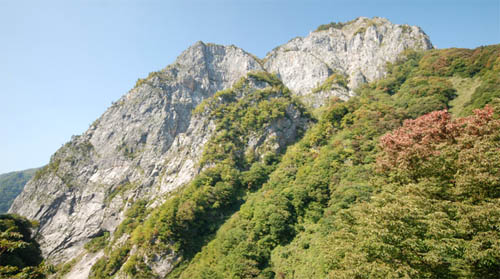
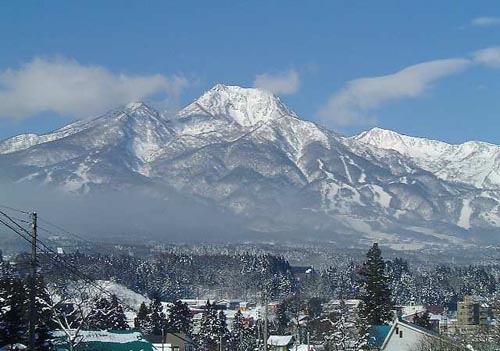
Itoigawa, Niigata Prefecture
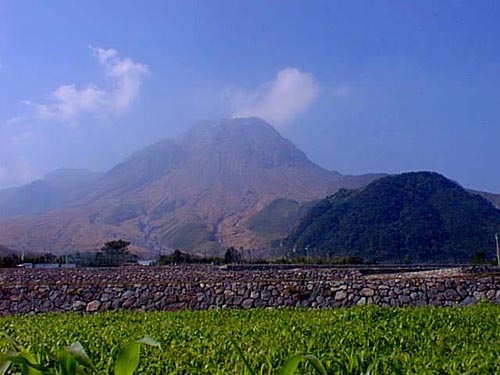
Shimabara Peninsula, Nagasaki Prefecture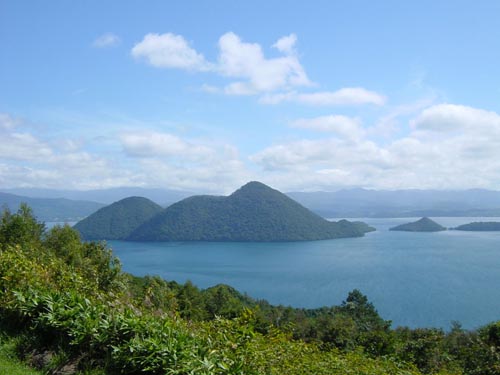
Lake Toya
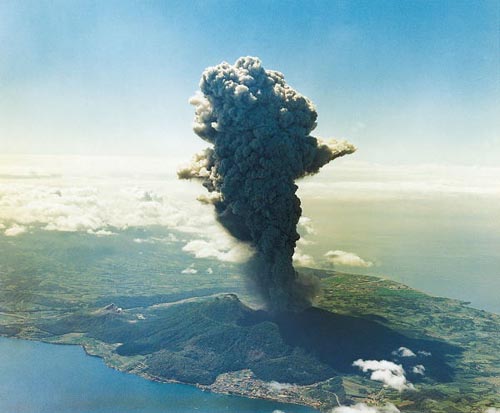
Mt. Usu in southern Hokkaido
Three domestic locations have applied to be listed as UNESCO Global Geoparks, places internationally recognized as having important geoscientific heritage.
The Paris-based Geoparks Global Network (GGN) selects as geoparks sites with large volcanoes, fossils, fault zones or other significant geological features as part of an international initiative to promote tourism and educational opportunities in those locations.
The candidates are Itoigawa, Niigata Prefecture, located on the Itoigawa-Shizuoka Tectonic Line, a fault zone that runs through central Japan; the Shimabara Peninsula, Nagasaki Prefecture, an area containing the Fugen peak in the Unzen cluster of volcanoes; and the area around Lake Toya and Mt. Usu in southern Hokkaido.
All three sites submitted their bids to UNESCO in December, and seem to be promising candidates for selection as the nation's first Global Geoparks in the autumn.
"Getting listed as a Global Geopark would be a great opportunity for the world to learn about the [geological] value of the region known as Japan," said Michiko Yajima, director of the Geological Information Utilization and Promotion Initiative and advisor to the domestic network.
The movement to create international geoparks began in Europe, based on the concept of making the most of such regions for a variety of purposes by managing and administering them as natural parks.
Geoparks should have distinct topography or valuable geographical features, such as rocks or strata (layers of sedimentary rock deposited at different times).
Listed locations are required to conserve and utilize the site for tourism and educational purposes via measures such as establishing museums and conducting tours guided by experts.
Sites must also emphasize efforts to prevent damage resulting from natural disasters.
The GGN reviews designated geoparks every four years and can delist a site if it is deemed insufficiently active in promoting itself.
UNESCO World Heritage Sites, based on the treaty governing them, must make preservation of rare cultures and natural heritage their top priority. The focus on geoparks, however, is their utilization as parks. They are compelled to increase economic activity by means such as operating cafes.
The Japan Geopark Committee, a domestically approved body of experts such as members of the Geological Society of Japan, was established in May last year.
A domestic network responsible for mediating with the GGN and matters such as advertising was launched earlier this month.
Japan is located in an unusual geological environment, lying on four tectonic plates that drive into one another in a complex formation. This brings about volcanic activity and causes seismic faults--built up from numerous strata--that intricately twist across the land.
The nation's three geopark candidate sites are typical examples.
Japan is a complex of island arcs--arch-shaped archipelagos formed by volcanic activity stemming from the subduction of sea plates into an oceanic trench. These arcs include the country's four main islands--Hokkaido, Honshu, Shikoku and Kyushu--as well as the Izu and Ogasawara islands and areas surrounding Okinawa Prefecture.
The candidate sites, all of which display the topography and geological features of this kind of island arc, are the first of their sort in the world to apply for international geopark status.
Candidates must first be identified by the Japan Geopark Committee as domestic geoparks.
Seven other locations (see map) also have been identified as domestic geoparks. Additional sites, including dinosaur fossil grounds such as the Fukui Kyoryu Keikoku, a ravine in Fukui Prefecture, and Gosho-no-ura-jima island in Kumamoto Prefecture, also are considering applying for domestic geopark status.
Should there be no hitches in the application procedures, GGN inspectors will visit the three candidate sites this summer. The GGN is expected to make its decision around October.
The Japan Geopark Committee believes the GGN will recognize the uniqueness of Japan's geological environment and expects all three sites to be listed.
"We're working hard to prepare, doing things such as putting English on signs and creating English pamphlets, " Yoshiyuki Iwasaki of the Itoigawa bid committee said. "We're eagerly anticipating the results in the hope we'll become the 'World's Itoigawa.'"